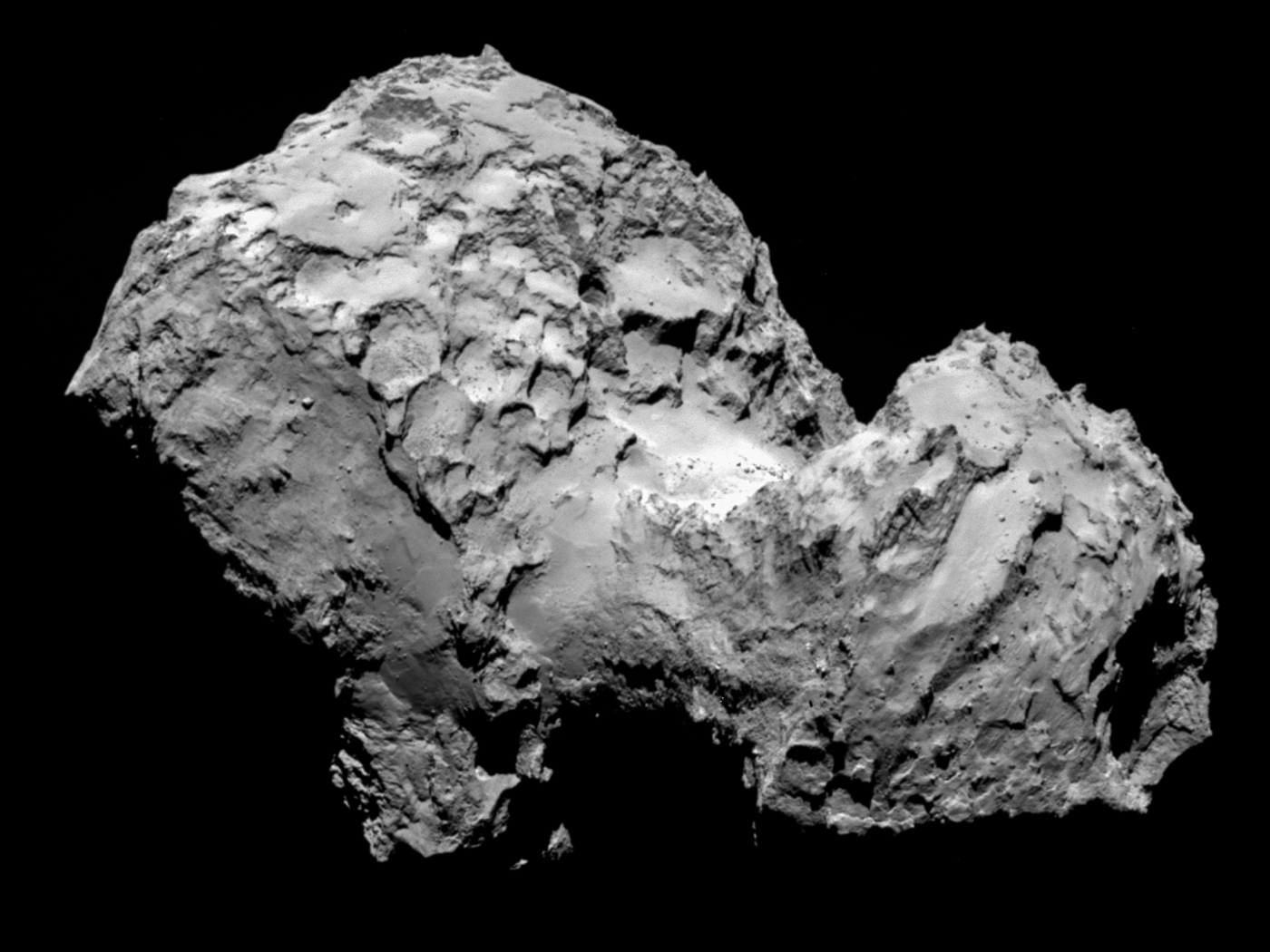Rosetta Spacecraft Finds Lone Oxygen Molecules on Comet 67P
The European Space Agency (ESA) has been orbiting comet 67P with the Rosetta spacecraft since 2014 in an attempt to learn more about the formation of comets in our solar system so that we can better understand how the universe was formed.

The Rosetta mission has uncovered a wealth of different kinds of useful information about 67P, including the first sight of the comet’s Southern pole and detailing why the comet has such a strange double-lobed shape. But this week, perhaps the biggest discovery ever made on 67P is hitting headlines after the ESA made a huge announcement regarding the matter.
Rosetta has detected oxygen molecules on the comet with its built-in mass spectrometer known as ROSINA-DFMS, which is leaving experts baffled and surprised. The lone oxygen molecules are originating from the comet’s nucleus, suggesting that the molecules were there around the same time of the comet’s formation.
The reason scientists are baffled by the discovery is because lone oxygen molecules (O2) are relatively scarce in our solar system due to the fact that the molecules are “highly reactive” to the molecules around them and will often “bind with other atoms and molecules.” The ESA notes that oxygen molecules can easily react with ultraviolet radiation to form ozone molecules (O3). Nonetheless, no ozone was found on 67P.
“We weren’t really expecting to detect O2 at the comet – and in such high abundance – because it is so chemically reactive, so it was quite a surprise,” says Kathrin Altwegg of the University of Bern, and principal investigator of the Rosetta Orbiter Spectrometer for Ion and Neutral Analysis instrument, ROSINA. “It’s also unanticipated because there aren’t very many examples of the detection of interstellar O2. And thus, even though it must have been incorporated into the comet during its formation, this is not so easily explained by current Solar System formation models.”
The oxygen molecules that were discovered were abundant on 67P, and it also marks the first time in history that oxygen molecules have ever been discovered on a comet. Experts say that oxygen measured in at about 3.8% relative to the amount of water around it, all originating from the center of the comet.
The new question that scientists have to answer is: how did the oxygen molecules get there? After all, the discovery of oxygen molecules on 67P seems to contradict our understanding of the existence of oxygen molecules in our solar system, and hence, it will require a re-think of what we think we know and understand about the formation of our very own solar system.
Source: ESA








